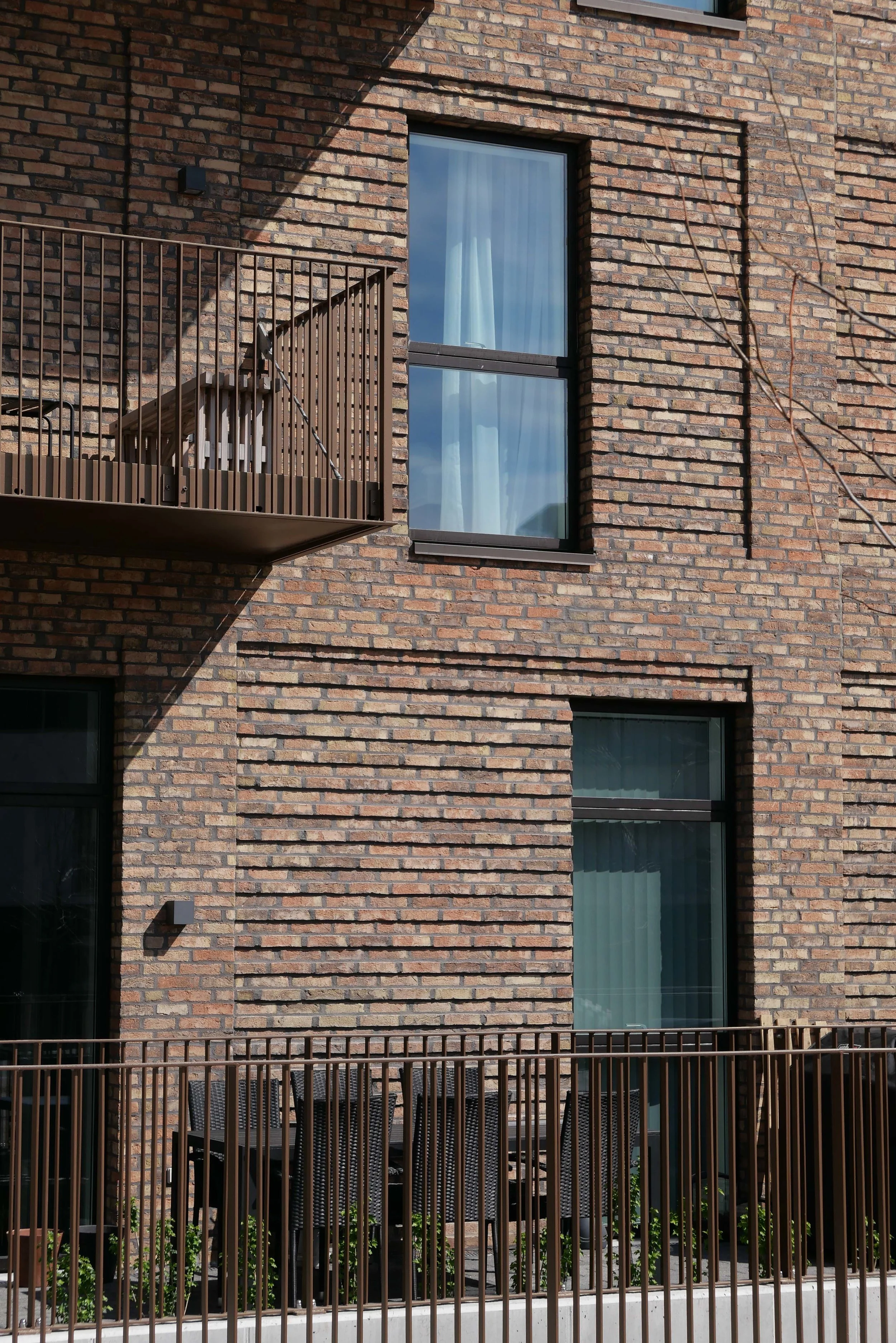brickwork
/Someone told me that in the late 19th century, as more and more buildings in Copenhagen were built in brick, with brickwork with ornate patterns or fine moulded or shaped details in brick, bricklayers were sent off to Germany to learn to do it properly.
I’m not sure if that is true or not but certainly by the 1890s and into the early 20th century, better buildings in Copenhagen had very good high-quality brickwork with a lot of ornament.
By the 1920s, with the arrival of first classical and then functional styles for the best architecture, brickwork, generally, became less ornate but still of a high quality and not just for public buildings but also for the better apartment buildings.
Patterns of coursing and the use of different colours of brick together enliven what would otherwise be stark or severe exteriors. This apartment block was built in 1930 and is in Skoleholdervej - the road that runs across the south boundary of the north-west cemetery.
Similar brickwork, with alternate courses set forward and back to create the effect of horizontal ribbing, has been used at Amaryllis Hus - the new apartment building in Valby but in sunk panels beside windows within a regular square grid.

























































